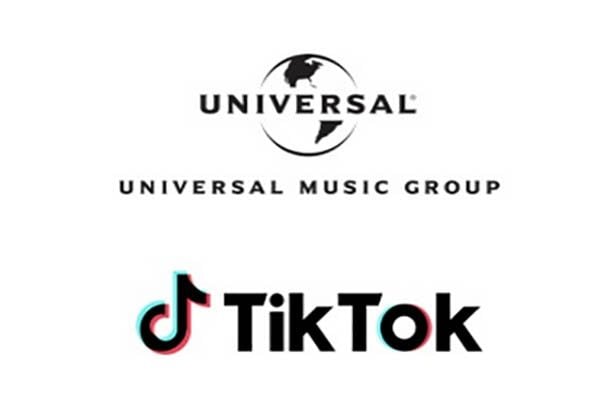 Smart speakers, voice assistants… call them what you will but they are starting to become ever-more popular – and soon people will be using them for shopping. So how do branded goods merchants get ready for the voice revolution? Daniel Barnicle, Group Vice President, Consumer Products at Publicis.Sapient offers some advice
Smart speakers, voice assistants… call them what you will but they are starting to become ever-more popular – and soon people will be using them for shopping. So how do branded goods merchants get ready for the voice revolution? Daniel Barnicle, Group Vice President, Consumer Products at Publicis.Sapient offers some advice
Smart speakers are taking over – or that’s what recent technology developments seem to suggest. The latest in a series of smart speaker innovations comes from Google, which has just announced that its Home device will provide users with free UK calls.
This development will make the speaker increasingly useful for households that are rapidly embracing the Internet of Things. Yet while the advent of smart speakers, fridges, lights and even more recently doorbells may offer households optimum convenience, it has the potential to disrupt the entire ecosystem for retailers.
An existential challenge arises for Consumer packaged goods (CPG)
CPG brands are at a crossroads, facing an existential challenge. The shopping experience has evolved, and so have what people are shopping for, with the experience taking centre stage. Traditional CPG brands risk being surpassed by new, platform-based “experience providers” seeking to own the category experience, often redefining it in terms of functional convenience and utility.
CPGs as Experience Brands
While the smart home has achieved meteoric growth in recent years, the technology has yet to become ubiquitous. No single brand owns the digital sales platform or connected home, though there is no shortage of contenders. Amazon, with their connected home product, Alexa, and their acquisition of Whole Foods, appears to be at the forefront when it comes to driving adoption of the connected home. Google, having integrated its Google Home and Google Express services, is a rising challenger. Apple, while considered a long shot by many industry analysts, cannot be underestimated on account of its strong brand loyalty and the surging popularity of ApplePay. And there are countless others—Microsoft, Samsung, and IBM, to name a few—that have made major investments in this space.
But while these tech giants may be top of mind now, they are far from owning the smart home experience, which is very fragmented. Despite this fragmentation, CPG companies must be aware that they are at a disadvantage when it comes to entering this market. Much like how single-brand stores have only succeeded in limited circumstances, so too would a brand-specific platform struggle in the digital world. Instead, most CPG brands should consider their role as an experience brand on a smaller scale.
Take Nespresso, for example. The company recently announced that select models of its machines will be equipped with a reorder feature, so that customers can replenish capsules as needed. HP announced a similar feature on select desktop printers which would allow customers to reorder ink at the touch of a button. These examples illustrate how organisations can reinvent themselves as experience brands without overextending their identities and products.
CPG companies with greater reach may consider employing one of the industry’s traditional growth strategies: acquire emerging competitors. In the same way that Unilever acquired Dollar Shave Club in an attempt to put a dent in rival Gillette’s core business, so too can industry players identify emerging, high-potential platform providers and capitalise on their growth through exclusive partnerships or acquisitions. In fact, this may be the best way—if not the only feasible way—for CPG companies to transform into platforms that match the scope and scale of some of the early leaders.
CPGs as Commoditised Product Providers
One of the greatest concerns for CPG brands operating in the era of experience branding is that brand decisions will increasingly be made by the platform itself. For example, when consumers announce to their in-home voice assistant that they “need butter” without specifying a brand, it will be the device that decides which type to supply. Not to mention that, as Amazon and Google’s voice assistants grow in popularity, they will likely introduce their own in-house labels to compete with traditional CPG brands on the virtual shelf (much the same way CPG brands compete with the likes of Tesco and Aldi on today’s physical shelves). Amazon’s own private label products already span 41 brands, reportedly driving about $470 million in sales last year.
This scenario leaves little room for traditional CPG brands to continue to hold current market share or own their once-strong customer relationships. In fact, some experts suggest that (in a platform world) brands will be faced with the very real possibility of serving as white-label brands for the likes of Amazon, Alibaba, or Google. While it may be a lucrative move for some companies—and certainly beats the alternative of a slow and painful death—it runs counter to many CPGs’ original missions of being household names.
Becoming an experience brand: 5 questions for CPGs
For CPG brands grappling with massive disruption, time is a precious commodity. Experts suggest that within the next five years, digital shopping will begin to outpace spending at brick and mortar stores. CPG brands must not only prepare for this new reality, but they must also decide what role they wish to play in it. To that end, we have developed a series of questions for brands to ask when considering their future as experience brands.
- Has your business reframed its core products in the context of the role they play in your consumers’ lives?
- Is your organisation delivering the underlying experience that customers want? What experiences do you provide to support the consumers’ needs?
- Can your company’s existing sales and delivery channels support operations as an experience brand?
- Can your infrastructure effectively manage the platform requirements with respect to automation, shipment, and payment?
- Is your offering as an experience brand differentiated from competitors? Is it simple, convenient, and customised?
The world is changing, and CPG companies need to change with it – or the smart home will leave them behind.







